Askar Colour Magic Ultra E Duo-Band Filters (COLOUR-MAGIC-ULTRA-E)
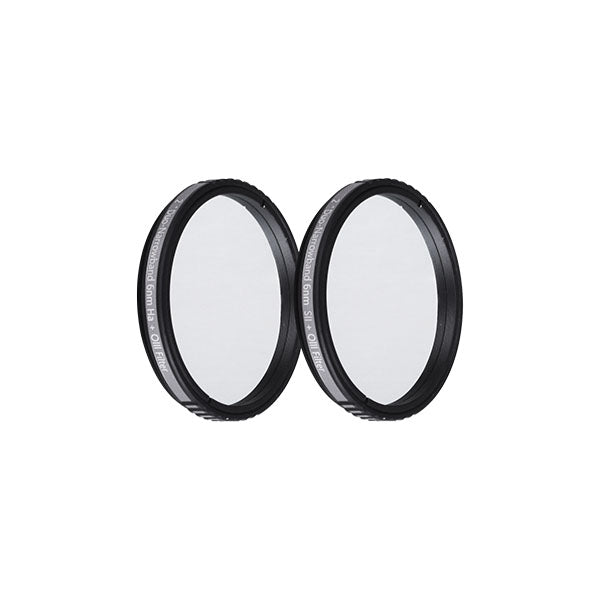
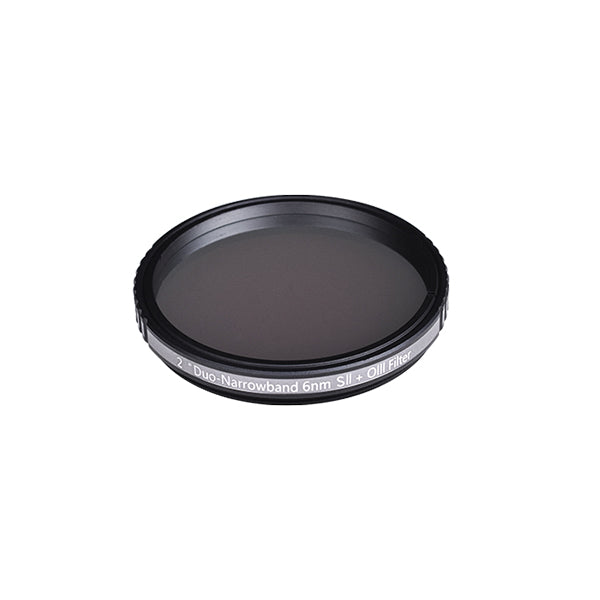
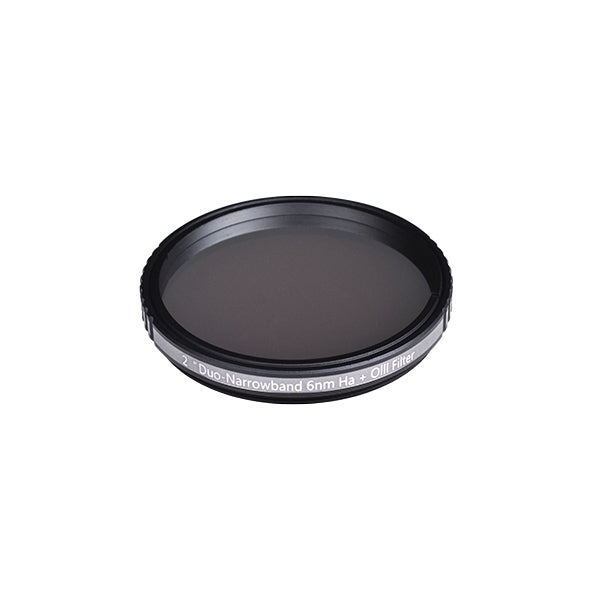
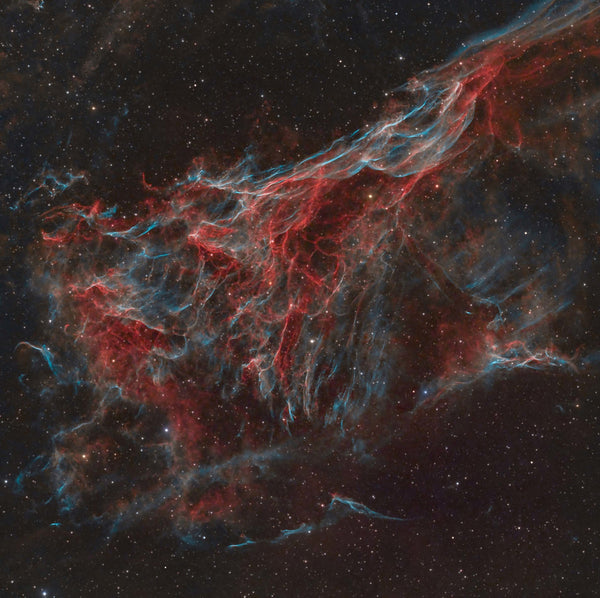
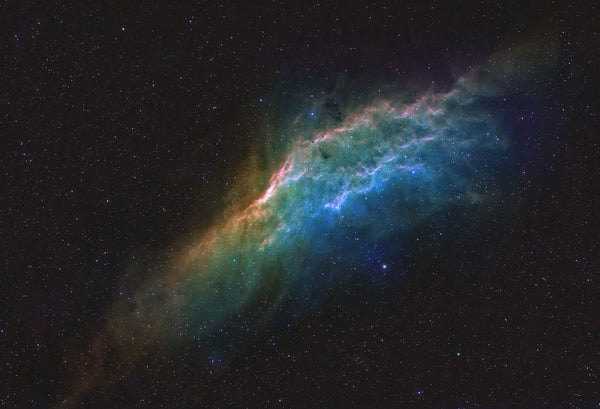
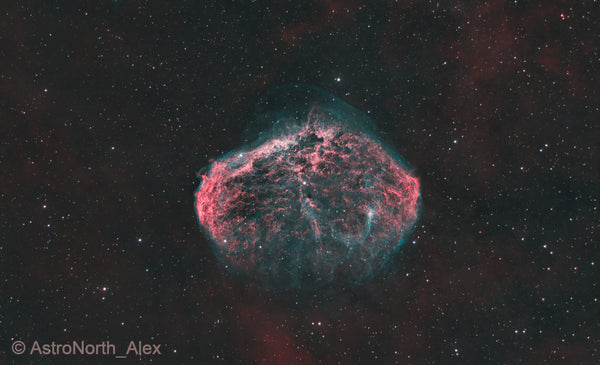
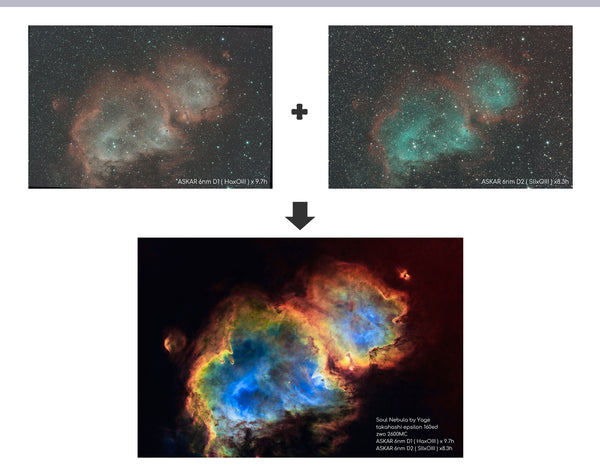
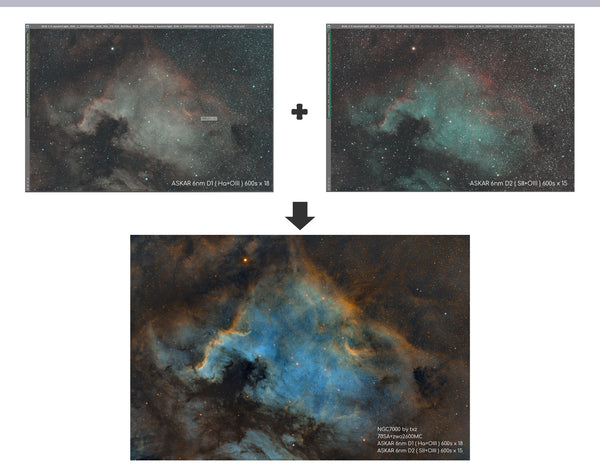
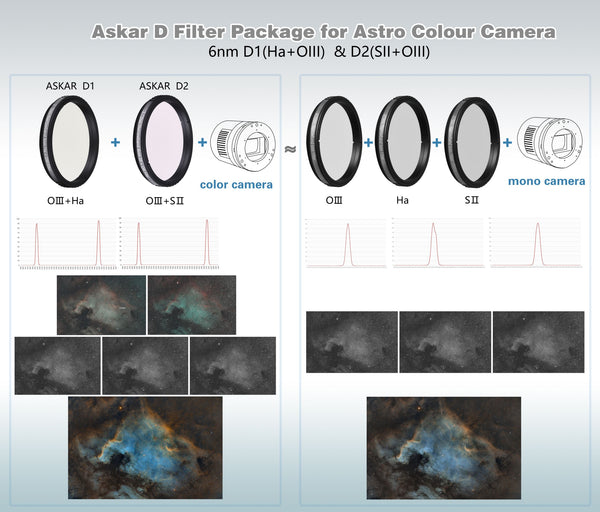
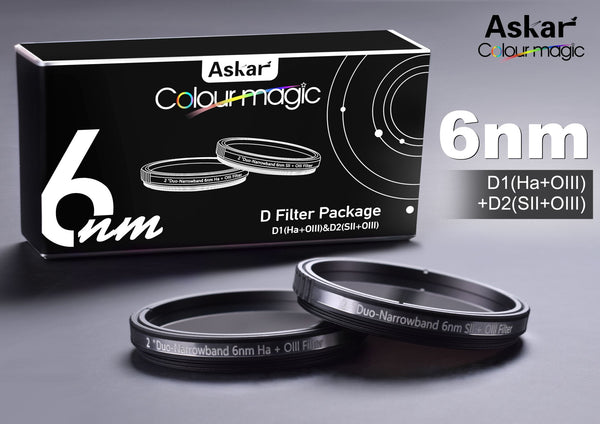
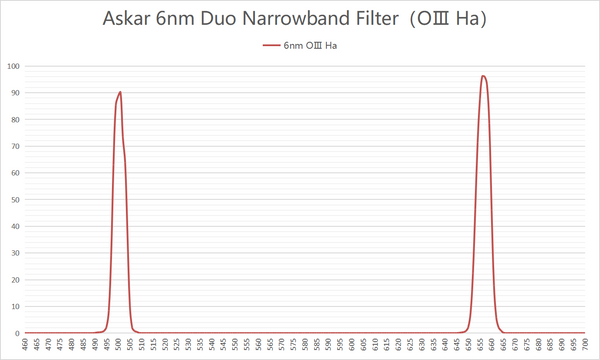
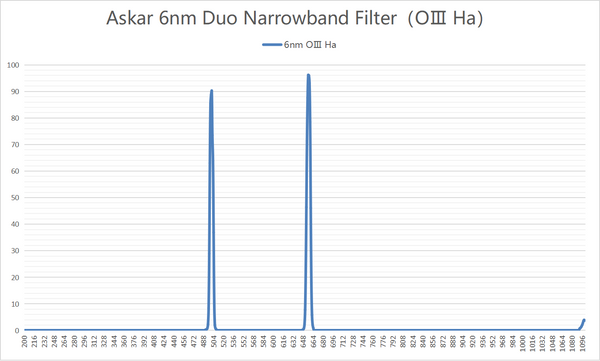














Askar Colour Magic Ultra E Duo-Band Filters (COLOUR-MAGIC-ULTRA-E)
Products in the Same Family
Filter Option - Filter Package (E1 & E2 Filters)
Why Purchase from All-Star Telescope?
Free Expert Support
Whether you are a first timer needing help with setting up or an enthusiast that can't quite make that one thing work, our expert staff are ready to support your needs. With decades of knowledge and first hand experience we've been there and we can help you through it!
Stress Free, Secure Transactions
You can trust purchasing and delivery with All-Star Telescope. All of our transactions are 100% secure and Level 1 PCI DSS compliant thanks to Shopify's ShopPay platform. For additional protection, we insure 100% of the value of every shipment we make. If it get's lost during shipment, we replace it. If it gets damaged during shipment, we replace it. We make sure your product arrives exactly as you would expect it to; we promise.
We also ensure privacy protection. We never keep any of your credit card information on file and any of your personal data is stored according to our policies.
30 Day Return Policy
Buy with confidence knowing that we accept returns up to 30 days after purchase. We want you to have something you will actually use and we are confident that we keep good quality products in our store with No Junk.
Price Match Promise
Shipping around for the best price is tough, we make it easier by offering the best pricing in the market. But if you find a better price on an in-store item somewhere else we will match it!
Product Description

The Ultra E Filter, as its name suggests, boasts "Ultra" halo control capabilities. During its development, we implemented special design optimizations, resulting in a unique filter with one passband at 3nm and another outside the 3nm range.
With the ColourMagic Ultra E Filter, you can capture high-quality deep-sky images even in areas affected by urban light pollution, atmospheric airglow, or other light sources. The narrower bandwidth and high transmission significantly enhance image contrast, making it easier to reveal subtle details of celestial objects that are typically difficult to capture.
Beyond the traditional Hα+OIII duo-narrowband filter, the ColourMagic Ultra E filter also introduces an SII+OIII filter.
We designate the Hα+OIII filter as E1 and the SII+OII filter as E2 filter. Together, they form the ColourMagic Ultra E Filter Set, offering color camera users a novel way to achieve results similar to those taken with monochrome cameras and triple narrowband filters—without the need for additional equipment. This opens up new possibilities for astrophotographers to enjoy even more astronomical wonders.
With exceptional halo control and innovative imaging solutions, the colourMagic Ultra E Filter helps you explore the deeper beauty of the Univers.

Specifications
| Filter | E1 OIII Ha | E2 OII SII |
| FWHM: | OIII:4.0nm±0.3nm Ha:3.7nm±0.3nm |
OIII:3.7nm±0.3nm SII:4.0nm±0.3nm |
| CWL: | 500.7nm & 656.6nm | 500.7nm & 672nm |
| Peak Transmittance: | 85% | 85% |
| Thickness: | 1.85 ± 0.05mm | 1.85 ± 0.05mm |
| Barrier Property: | ≥OD5 @ 200-1100nm | ≥OD5 @ 200-1100nm |
| Surface Finish: | 60/40 | 60/40 |
| Parallelism: | 30” | 30” |
E1 OIII + Ha Transmission Curve


E2 OIII + SII Transmission Curve


Additional Articles, Videos, and Links
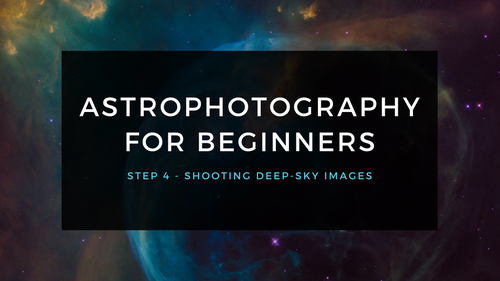
Astrophotography for Beginners Step 4: Shooting Deep-Sky Images
Taking deep sky pictures can be daunting, luckily there is an easy process to follow to allow you to get great shots! Here is the typical process for actually taking deep-sky images in the field.
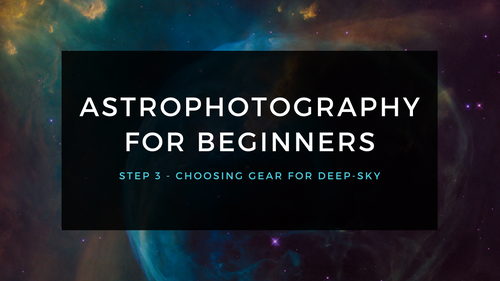
Astrophotography for Beginners Step 3: Choosing Gear for Deep-Sky Imaging
Using a star tracker gains you experience with the fundamentals of deep-sky imaging. Shooting the Moon gains you experience focusing and framing through your telescope. Through your sessions you’ll...
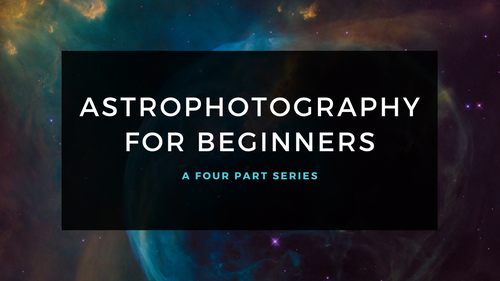
Astrophotography for Beginners - Start Here: Getting into Astrophotography Step by Step
Shooting the night sky has never been more popular, nor easier. The choice of equipment has also never been better, or more affordable. However, as per the advice given by Dickinson and Dyer in the...
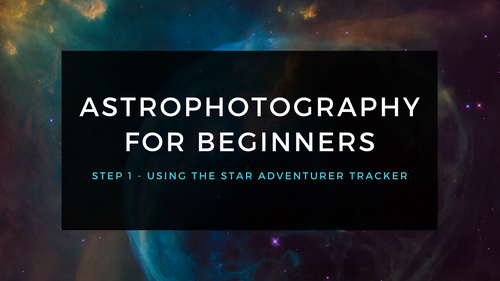
Astrophotography for Beginners Step 1: Using the Star Adventurer Tracker
By far the most economical and easiest way to capture beautiful images of the Milky Way and large deep-sky objects like the Andromeda Galaxy (shown here) is to use a star tracker. Here are steps an...
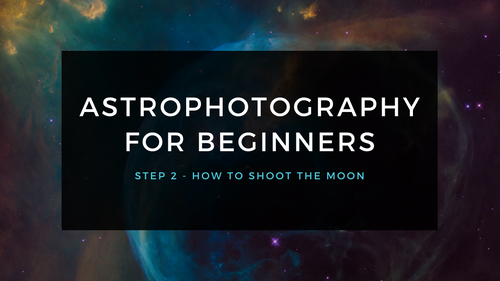
Astrophotography for Beginners Step 2: How to Shoot the Moon
Close-ups of the Moon are rewarding, and an easy way to learn to shoot through your telescope. While good results are possible with a phone camera clamped to an eyepiece (as shown below), this tuto...

